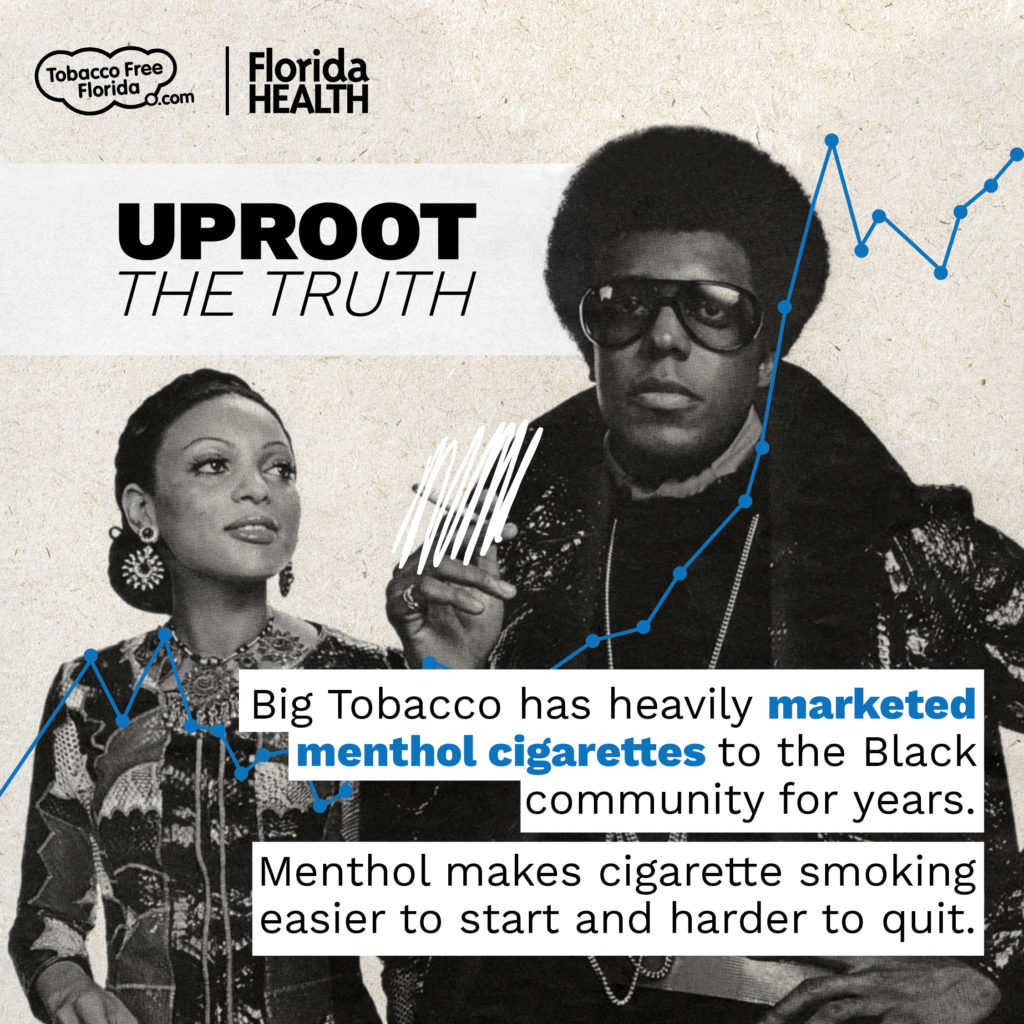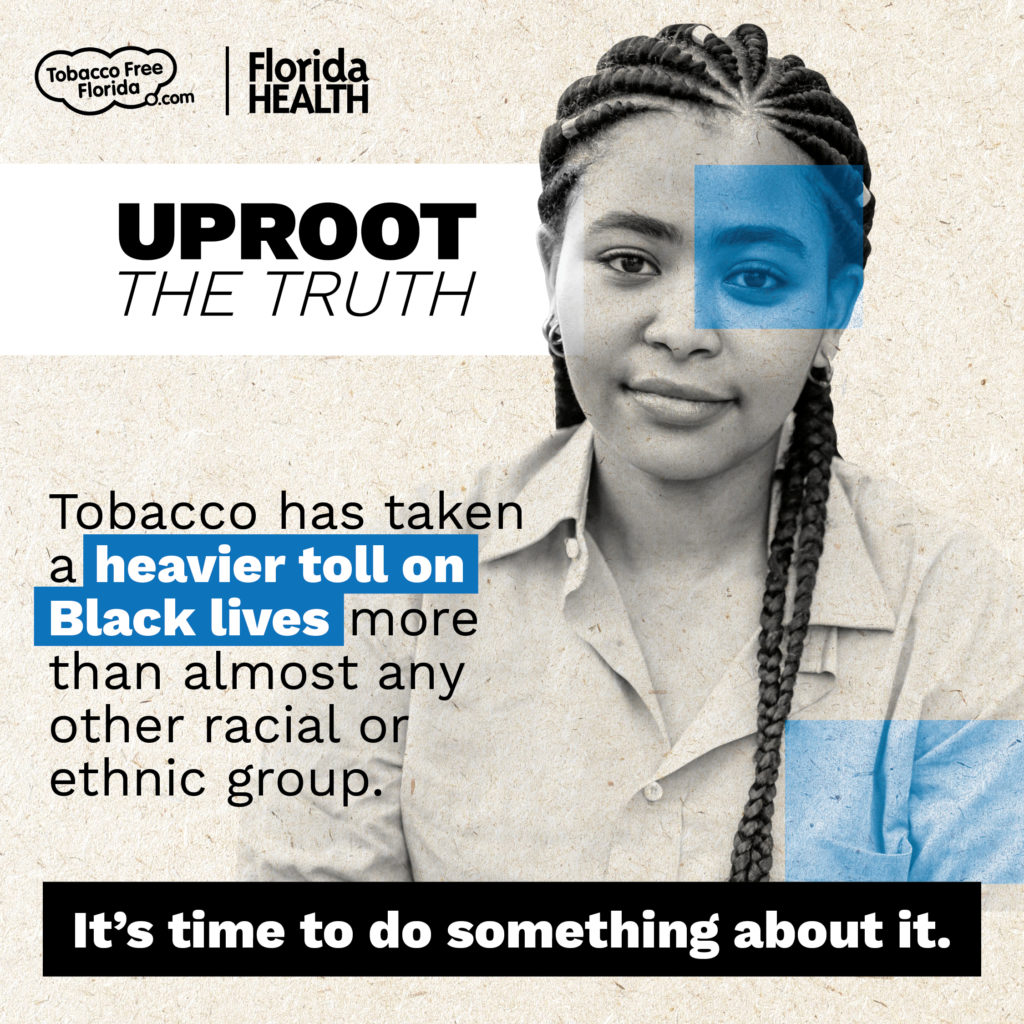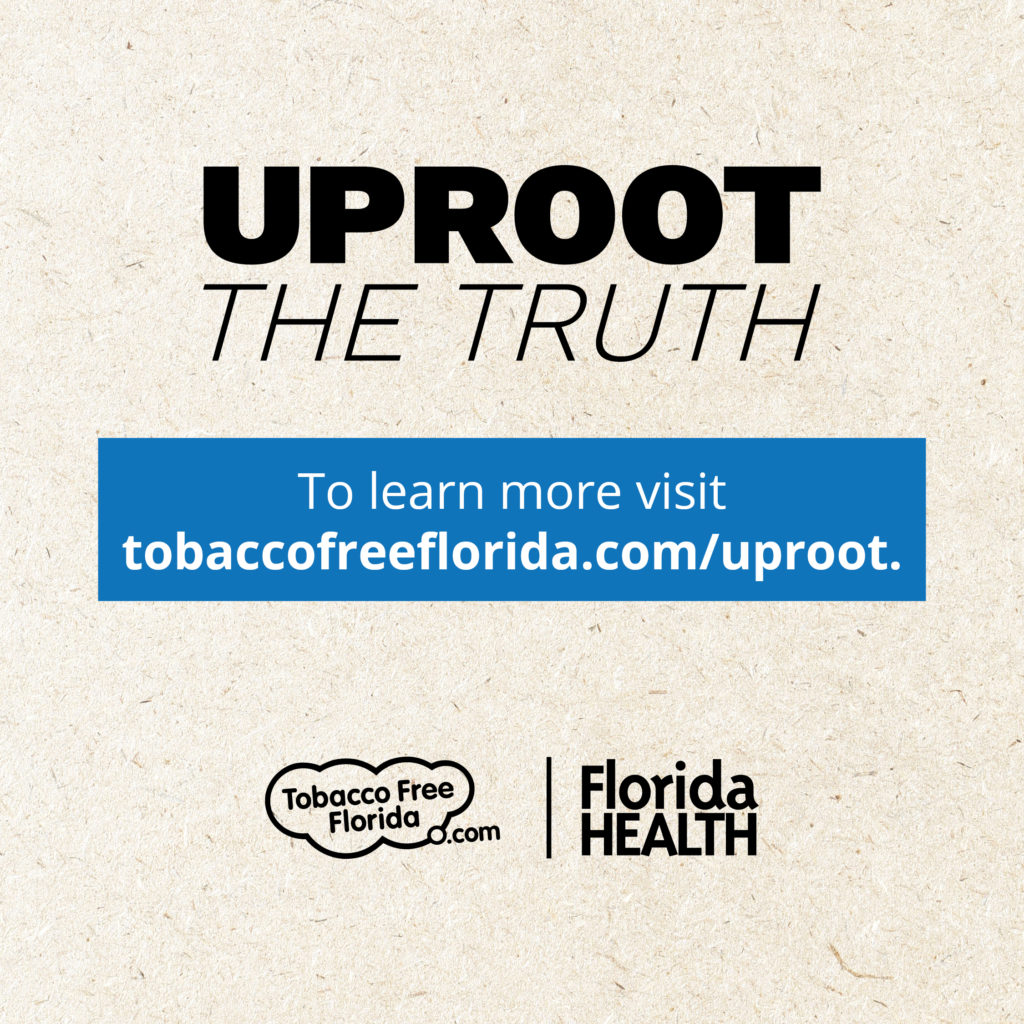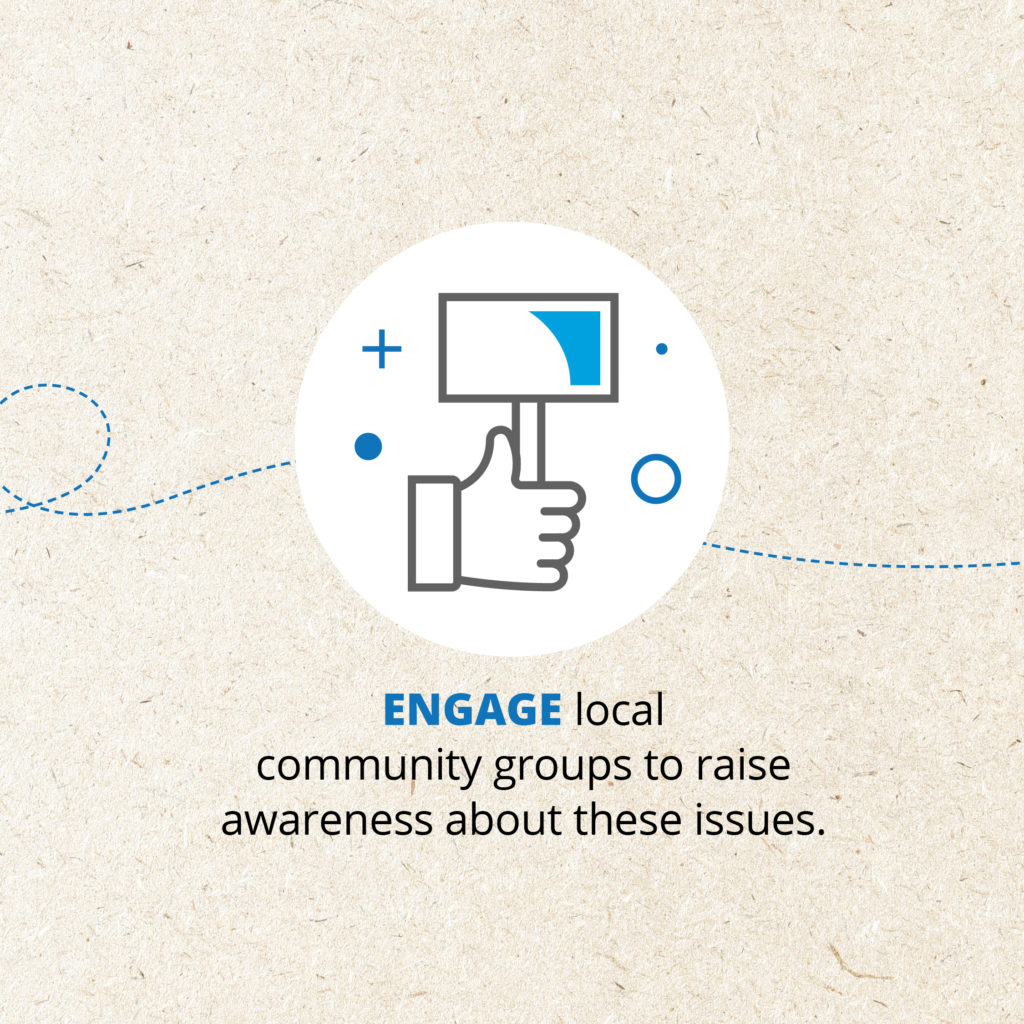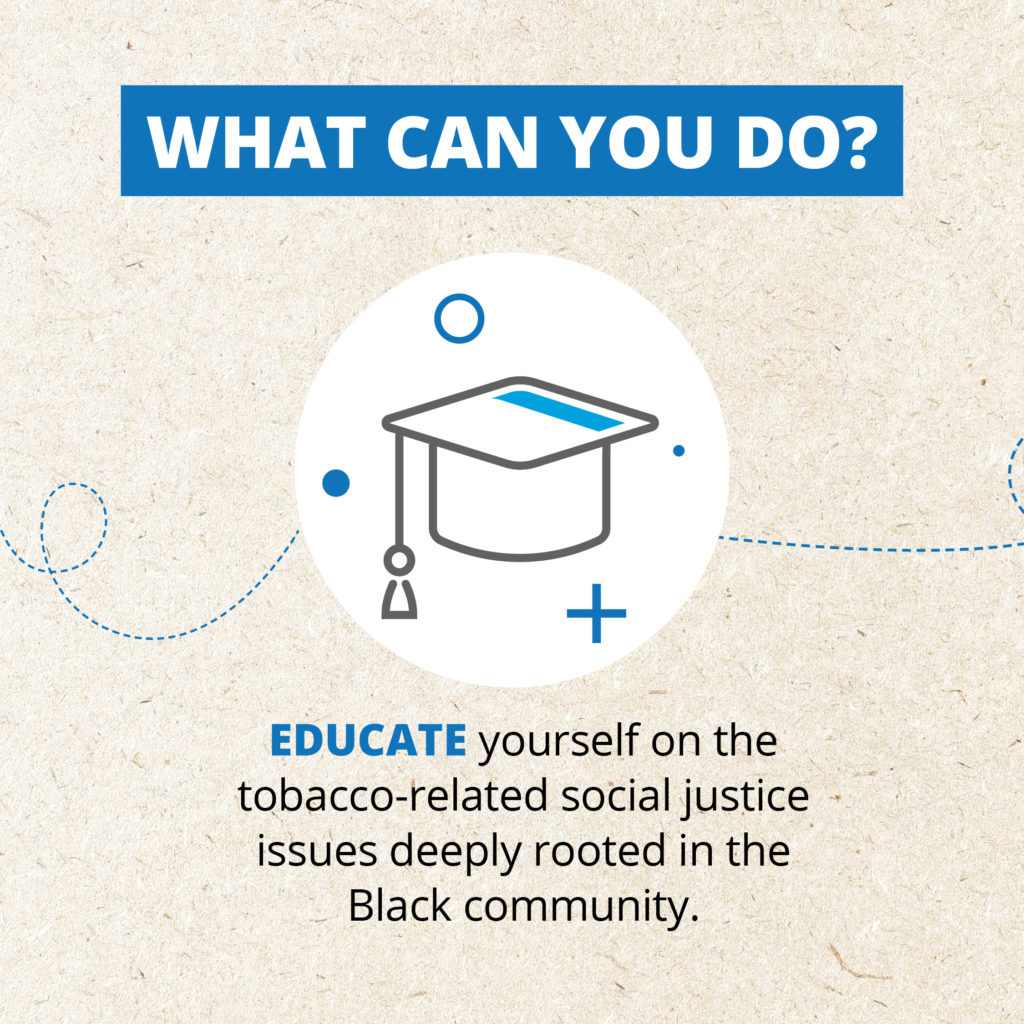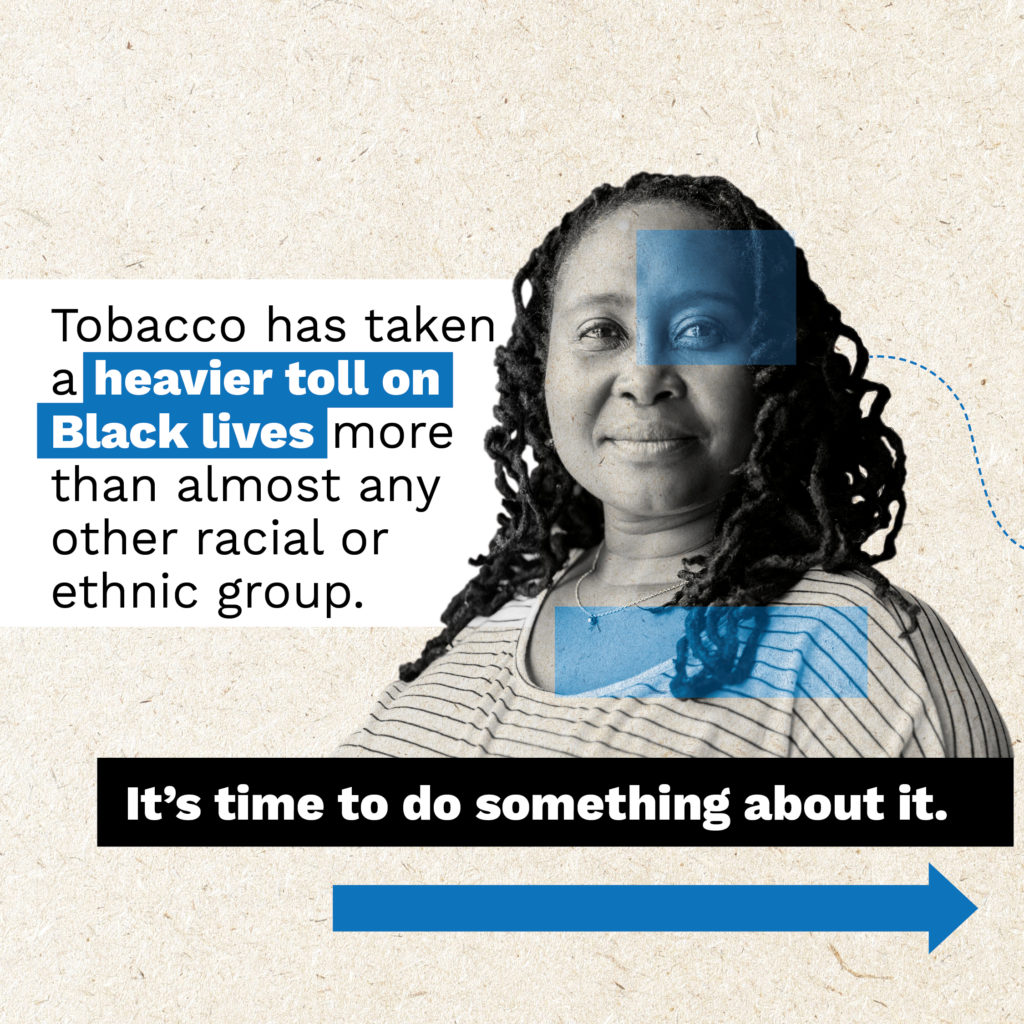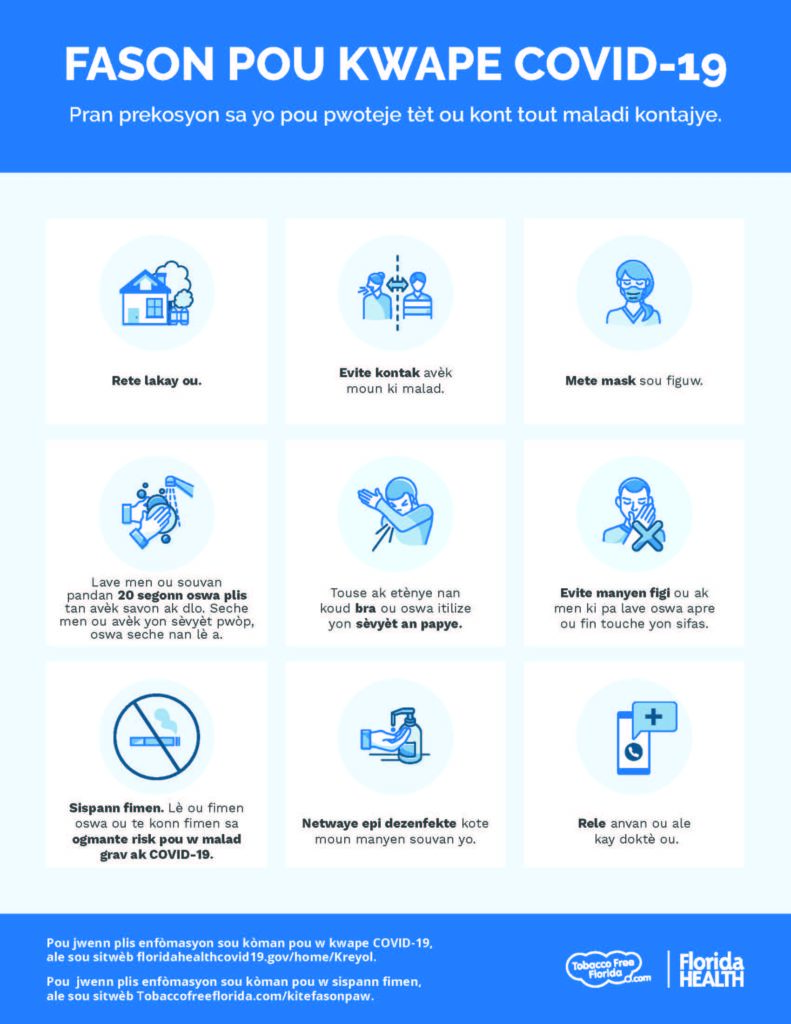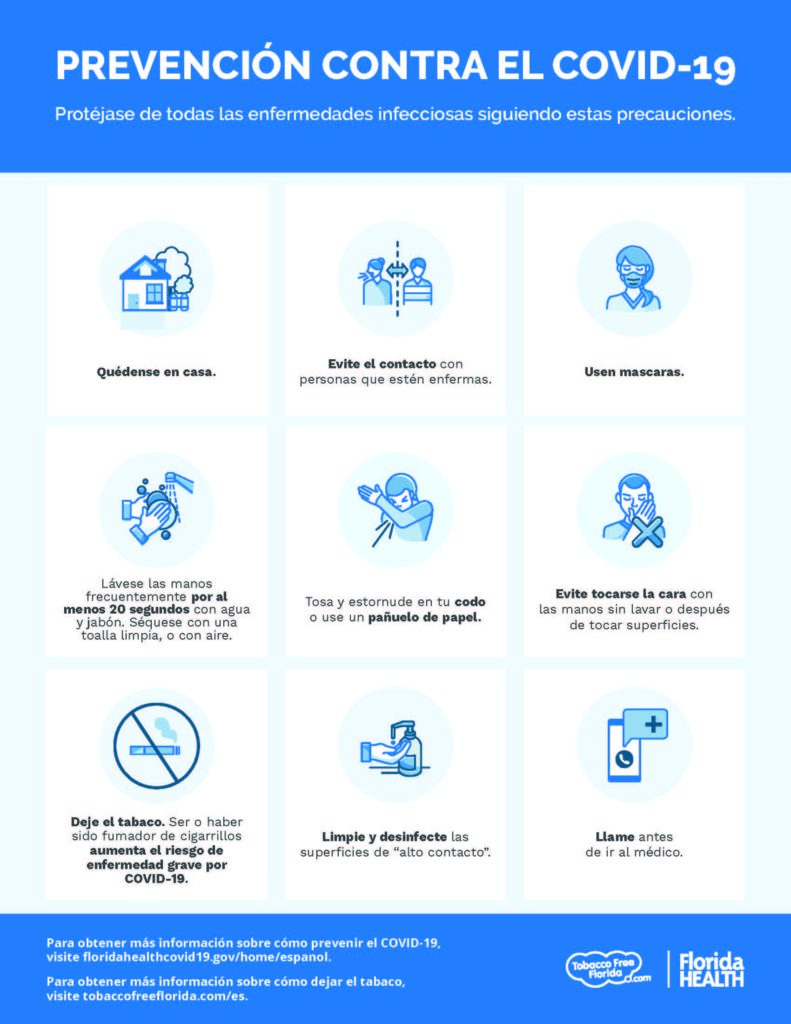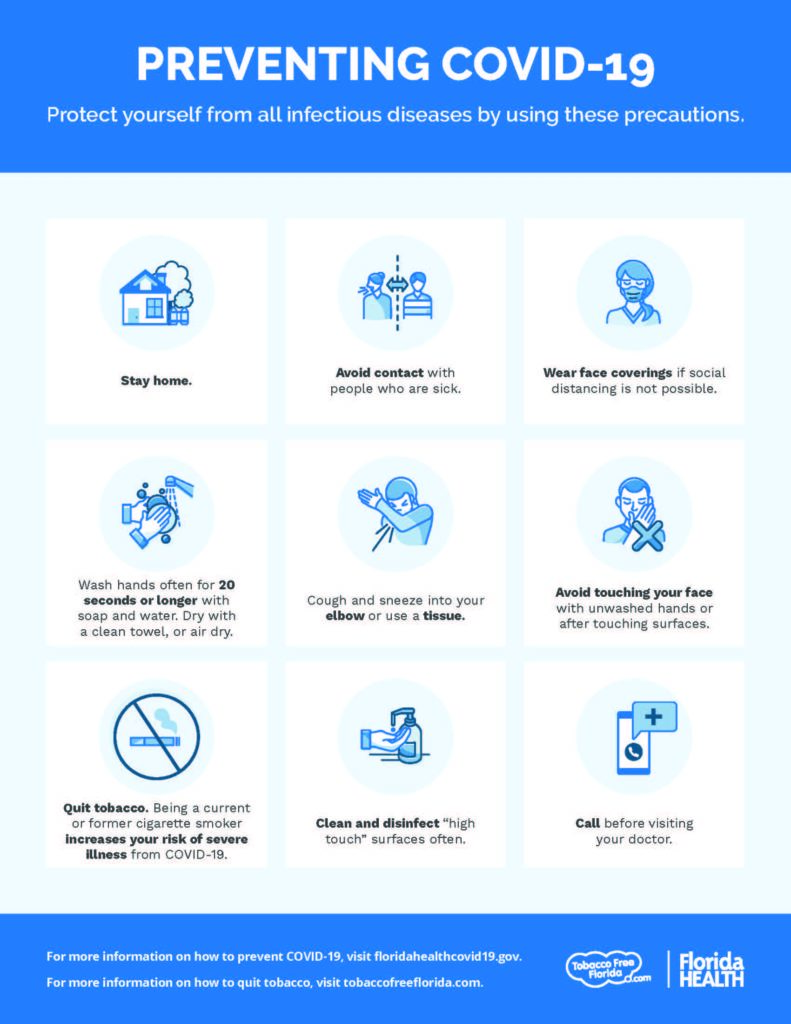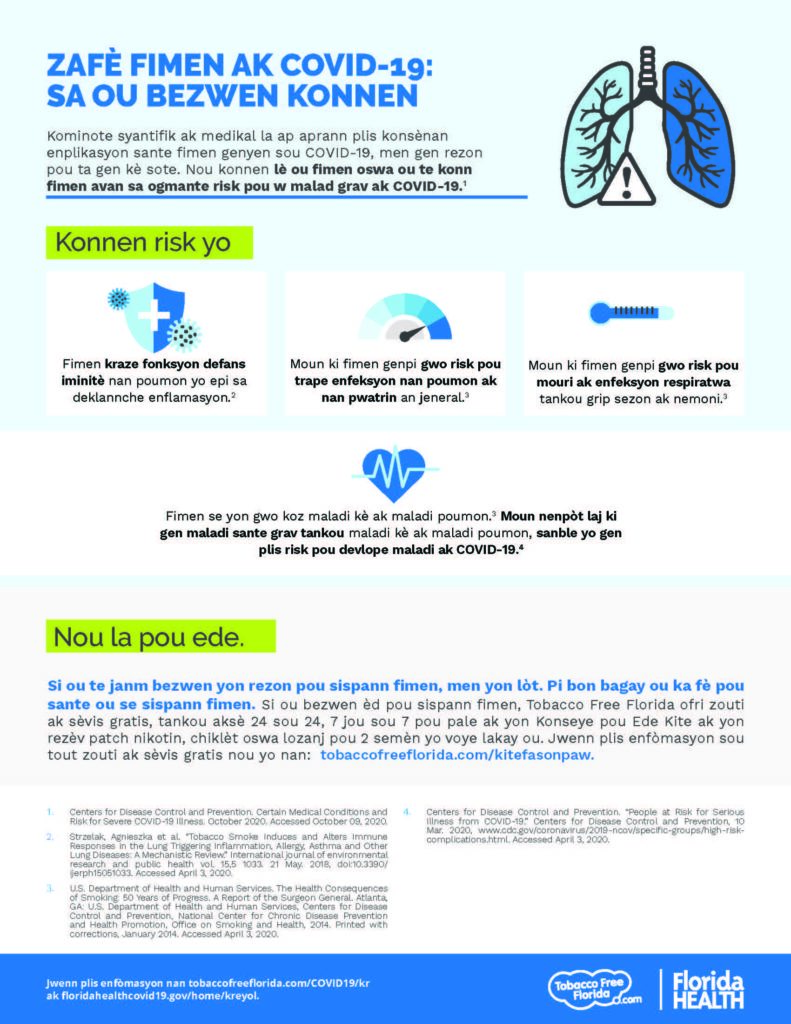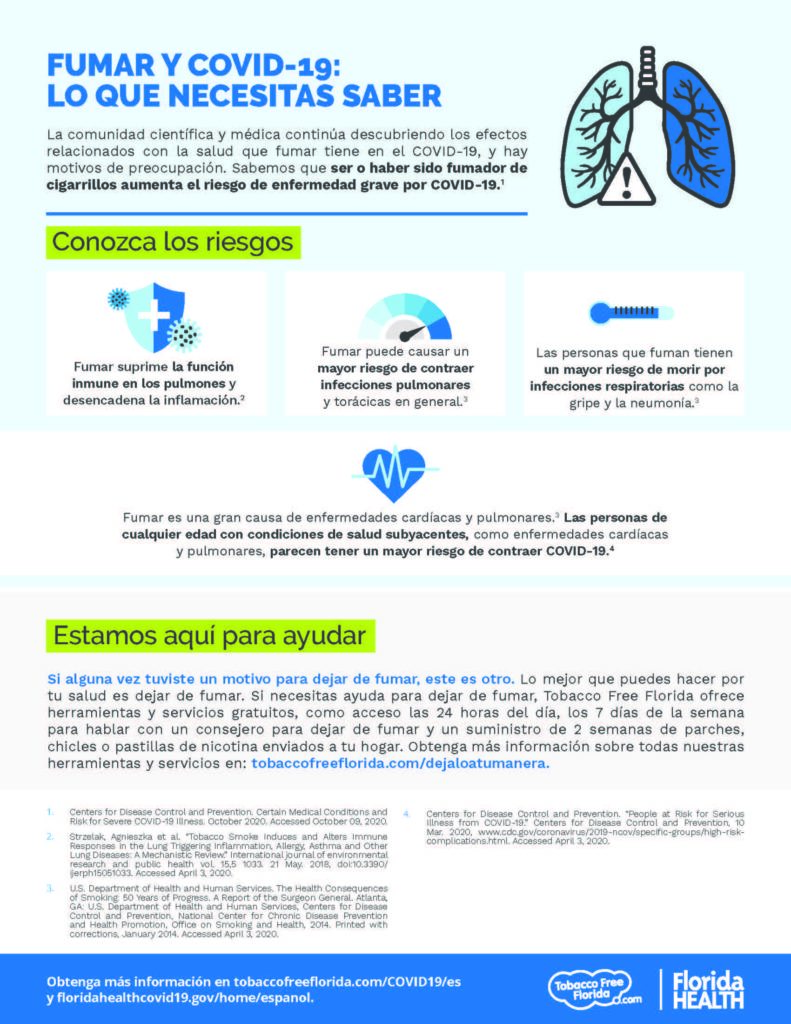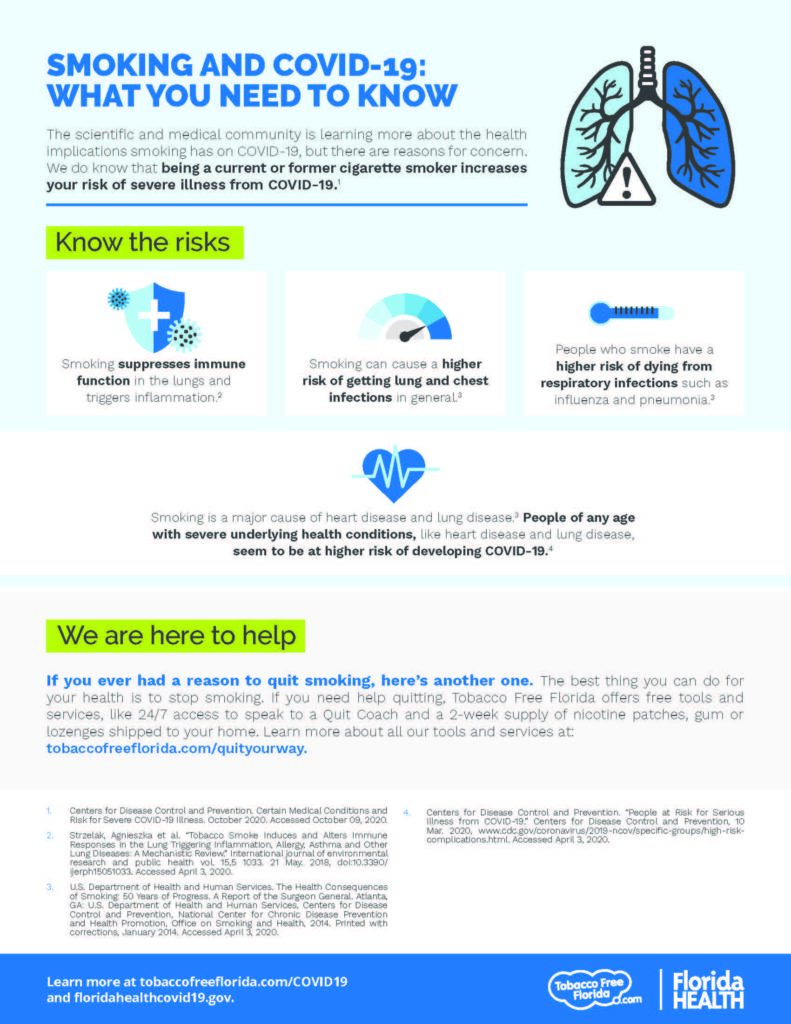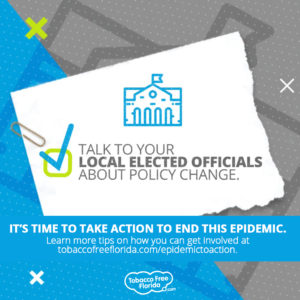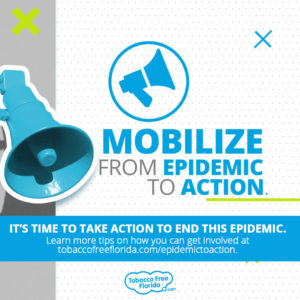Smokefree Housing
Smokefree multiunit housing policies are beneficial to all types of housing communities, from private condominiums and apartment buildings to public housing.
Why Go Smokefree?
Protect Your Health
Secondhand smoke increases a nonsmoker’s risk of cancer, heart disease and stroke, 1, 2 and contributes to nearly 41,000 deaths each year in the U.S. 3 It can also increase a child’s risk of lung problems, ear infections, severe asthma, and Sudden Infant Death Syndrome (SIDS). 4, 5 The only way to eliminate health risks from indoor secondhand smoke exposure is to stop smoking indoors. 6 To learn more about secondhand smoke, click here.
Protect Your Home
Tobacco smoke travels easily. Up to 65% of air can move between units, involuntarily exposing neighbors to secondhand smoke. 7 Heating, ventilating and air conditioning systems alone do not control secondhand smoke exposure; in fact, they may distribute secondhand smoke throughout a building. 8 A smokefree policy can decrease smoke and burn damage to property, lessen smoking-related fire risks, and improve occupancy rates. 9, 10, 11, 12, 13,
Protect Your Investment
A smokefree policy can decrease turnover and repair costs. 14 It can cost about seven times more to turn over a unit that has been smoked in, versus a nonsmoking unit. 15 After implementing a smokefree policy, buildings may also be able to save money with insurance discounts and tax credits. 16
Advocacy
There is no such thing as a legal “right to smoke.” Residents are entitled to breathe clean, smokefree air at home.
The Bureau of Tobacco Free Florida has identified more than 1,700 multiunit properties, more than 300,000 smokefree housing units, and 86 condos in states that are smokefree. 17 There is free assistance available to help condo owners, associations, and property managers implement smokefree policies.
Find Contact Information For a Partner in Your Area
List of Smokefree Properties in Florida
Florida Guide for Smokefree Condominiums
Search Address / ZIP Code
* Entire Grounds = no smoking indoors and outdoors; however, a designated smoking area may be allowed if 25 feet away from buildings and outdoor amenities.
** Partial = at least one building in the complex is 100% smokefree indoors.
*** 100% Indoor = Smokefree policy applies to all indoor spaces including all living spaces.
The smoke free property information on this map has been provided by the property management. TFF cannot guarantee that these policies are currently in effect or that they are properly enforced. Prospective residents should verify information about the smoke free policy with management before leasing the property.
We strive to provide accurate information. If you find inaccurate information, please email [email protected] with the proposed correction.
1 U.S. Department of Health and Human Services. Let’s Make the Next Generation Tobacco-Free: Your Guide to the 50th Anniversary Surgeon General’s Report on Smoking and Healthpdf iconexternal icon. [PDF–795 KB] Atlanta: U.S. Department of Health and Human Services, Centers for Disease Control and Prevention, National Center for Chronic Disease Prevention and Health Promotion, Office on Smoking and Health, 2014.
2 U.S. Department of Health and Human Services. The Health Consequences of Smoking—50 Years of Progress: A Report of the Surgeon General. Atlanta: U.S. Department of Health and Human Services, Centers for Disease Control and Prevention, National Center for Chronic Disease Prevention and Health Promotion, Office on Smoking and Health, 2014.
3 U.S. Department of Health and Human Services. The Health Consequences of Smoking—50 Years of Progress. A Report of the Surgeon General. Atlanta: U.S. Department of Health and Human Services, Centers for Disease Control and Prevention, National Center for Chronic Disease Prevention and Health Promotion, Office on Smoking and Health, 2014.
4 U.S. Department of Health and Human Services. The Health Consequences of Involuntary Exposure to Tobacco Smoke: A Report of the Surgeon General. Atlanta: U.S. Department of Health and Human Services, Centers for Disease Control and Prevention, National Center for Chronic Disease Prevention and Health Promotion, Office on Smoking and Health, 2006.
5 U.S. Department of Health and Human Services. The Health Consequences of Smoking—50 Years of Progress: A Report of the Surgeon General. Atlanta: U.S. Department of Health and Human Services, Centers for Disease Control and Prevention, National Center for Chronic Disease Prevention and Health Promotion, Office on Smoking and Health, 2014.
6 American Society of Heating, Refrigerating and Air-Conditioning Engineers (ASHRAE). ASHRAE Position Document on Environmental Tobacco Smoke External. Atlanta: ASHRAE, 2010.
7 Center for Energy and Environment. Reduction of Environmental Tobacco Smoke Transfer in Minnesota Multifamily Buildings Using Air Sealing and Ventilation Treatments. (Minneapolis, MN: 2004).
8 U.S. Department of Health and Human Services. The Health Consequences of Involuntary Exposure to Tobacco Smoke: A Report of the Surgeon General. Atlanta: U.S. Department of Health and Human Services, Centers for Disease Control and Prevention, Coordinating Center for Health Promotion, National Center for Chronic Disease Prevention and Health Promotion, Office on Smoking and Health, 2006.
9 “Smoking-related Fires in Residential Buildings (2008-2010).” Strakosch/Vertical Transportation 4E The Vertical Transportation Handbook 13.6 (2012): n. pag. U.S. Fire Administration. U.S. Fire Administration. Web. June 2012. <https://www.usfa.fema.gov/data/statistics/reports.html>.
10 King, BA, RM Peck, and SD Babb. “Cost Savings Associated with Prohibiting Smoking in U.S. Subsidized Housing.” US National Library of Medicine National Institutes of Health. Elsevier Inc., June 2013. Web. 26 Oct. 2015. <https://www.ncbi.nlm.nih.gov/pubmed/23683981>.
11 Florida Smoke-free Multiunit Housing Survey, Florida Department of Health.
12 “Landlords.” Americans for Nonsmokers’ Rights. American Nonsmokers’ Rights Foundation, n.d. Web. 25 Jan. 2016.
13 “MISA Landlords.” MISA Landlords. Tobacco Program of the Michigan Department of Community Health, n.d. Web. 25 Jan. 2016.
14 King, BA, RM Peck, and SD Babb. “Cost Savings Associated with Prohibiting Smoking in U.S. Subsidized Housing.” US National Library of Medicine National Institutes of Health. Elsevier Inc., June 2013. Web. 26 Oct. 2015. <https://www.ncbi.nlm.nih.gov/pubmed/23683981>.
15 Case for Smoke-Free Housing by Colorado GASP.” My Smoke-Free Housing. Group to Alleviate Smoking Pollution, n.d. Web. 17 June 2016. https://mysmokefreehousing.org/landlordpresentation.html.
16 “Going Smoke-Free A Guide for Landlords.” (2016): n. pag. Make Smoking History. Massachusetts Department of Public Health, June 2014. Web. 3 Mar. 2016.https://makesmokinghistory.org/wp-content/uploads/2014/06/landlord_Guide.pdf.
17 Florida Smoke-free Multiunit Housing Survey, Florida Department of Health, December 2015.



